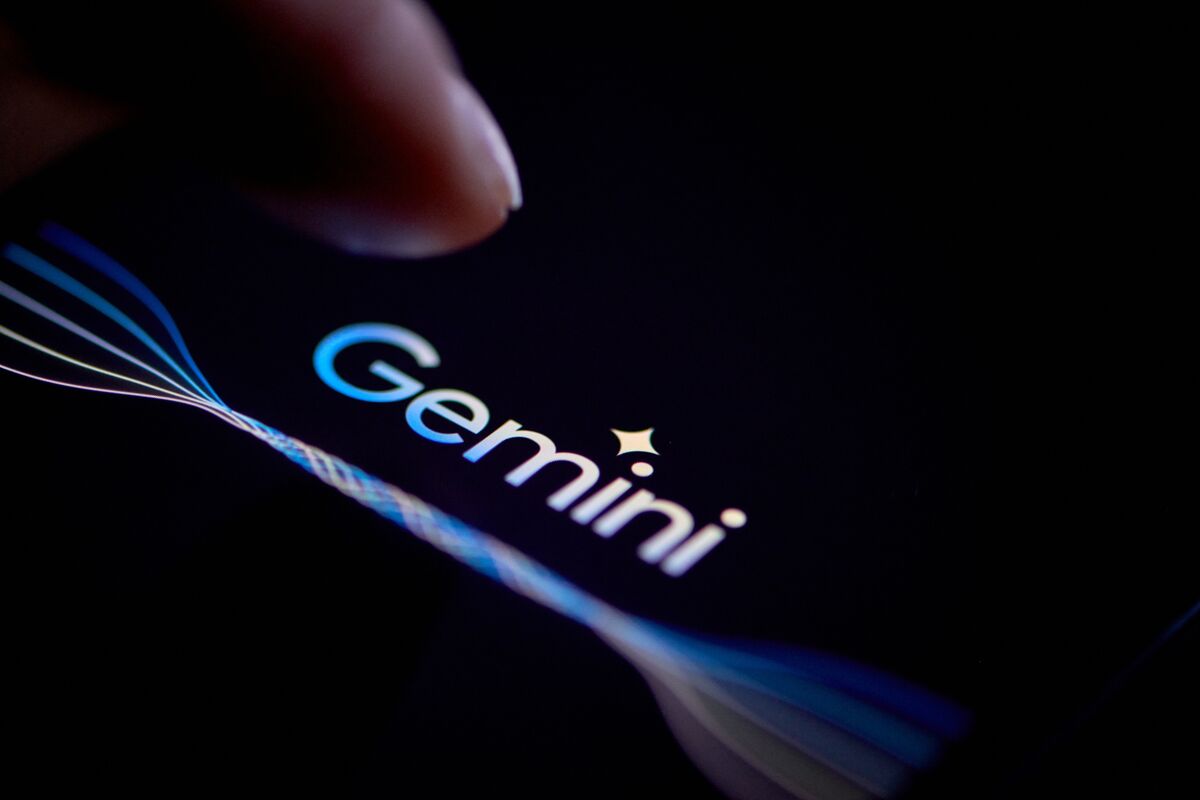In a recent announcement, Google has unveiled its plans to expand the reach of its Bard AI tool, integrating it seamlessly with many of the company’s primary apps and services. This move is expected to revolutionize the way users interact with Google’s ecosystem, offering a more cohesive and intuitive experience.
Bard Extensions: A Game-Changer
Google’s new feature, known as “Bard Extensions,” allows users to connect with Gmail, Docs, Google Drive, Google Maps, YouTube, and even Google Flights and Hotels. The primary objective behind this integration is to utilize Bard as a central hub for extracting information across these diverse services.
For instance, if you’re planning a trip to Tokyo and need assistance, Bard can be your go-to tool. Users can prompt Bard to scan Gmail messages for suitable dates, search for flight and hotel details, fetch Google Maps directions to the airport, and even pull up YouTube videos about Tokyo. All of this can be achieved in a single conversation with Bard.
Privacy and User Control
Understanding the concerns of users about privacy, Google has ensured that Bard Extensions are opt-in. This means users have the choice to activate or deactivate them for each application. Moreover, any personal data accessed from Gmail, Docs, or Drive remains confidential. Google has assured that this data will neither be used for ad generation nor for training Bard.
Enhanced Features and Verification
One of the challenges with AI chatbots today is the potential spread of misinformation. To counteract this, Bard now provides a feature to double-check its responses. After generating an answer, Bard evaluates its response and cross-references the web to validate the information. This ensures that users receive accurate and verified answers.
Furthermore, Google has introduced a feature allowing users to share Bard chats. By sharing a link, another person can continue the conversation, enabling collaborative exploration of topics using Bard.
Continuous Improvement
Google’s commitment to enhancing Bard is evident. The company mentioned in a blog post that the latest features are a result of updates to their “palm 2” model. Feedback-driven improvements have led to the application of cutting-edge reinforcement learning techniques, making Bard more intuitive and imaginative.
Key Takeaways
- Google’s Bard AI tool is now integrated with major Google apps and services.
- Bard Extensions allow users to fetch information across multiple services in one go.
- Privacy remains a priority, with personal data not being used for ads or Bard’s training.
- Bard now verifies its responses to ensure accuracy.
- Shared conversations enable collaborative exploration using Bard.
As AI continues to evolve, tools like Bard are setting the benchmark for seamless integration and user experience. Google’s latest move is a testament to its commitment to innovation and user-centric design.









